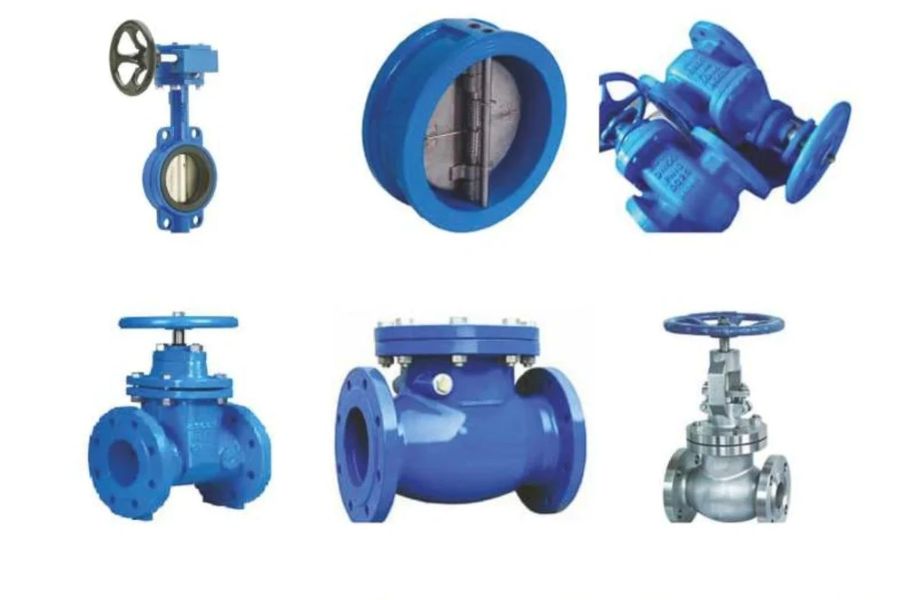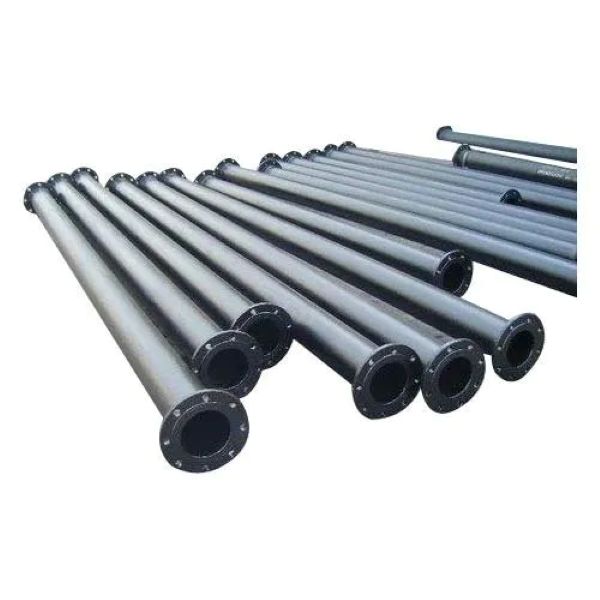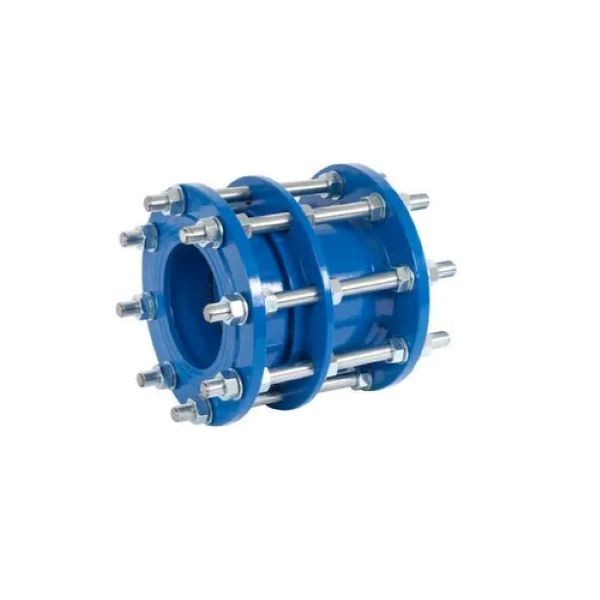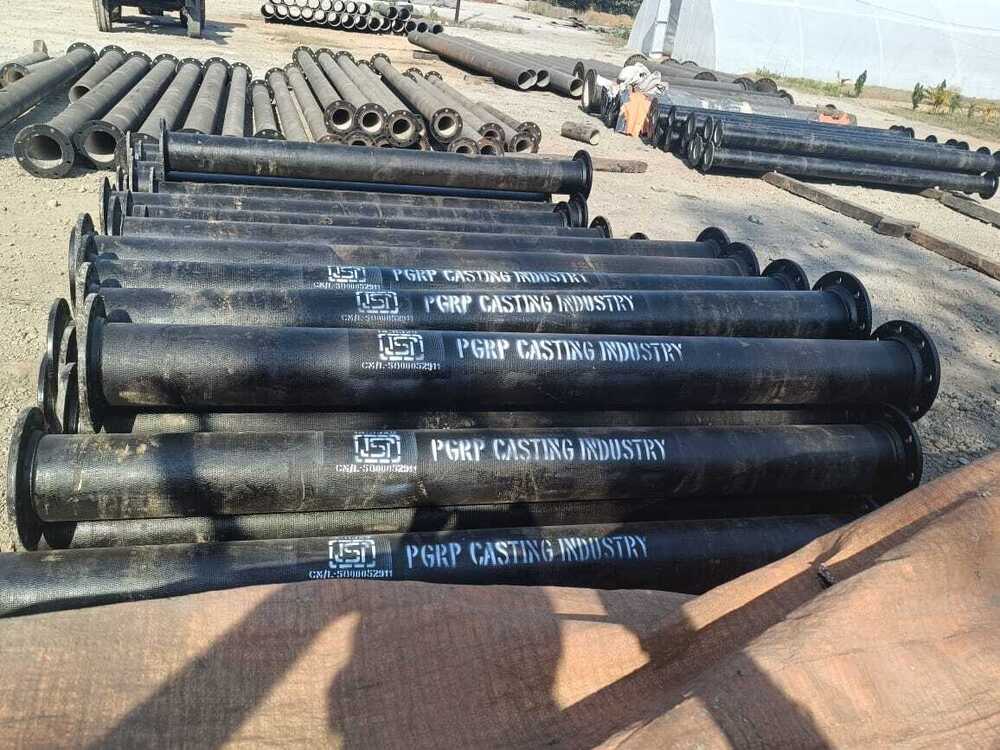MJ COLLAR
Price 1500.0 INR/ Piece
MOQ : 5 Pieces
MJ COLLAR Specification
- Surface Treatment
- Painted
- Material
- Ductile Iron
- Tensile Strength
- 450 Megapascals (MPa )
- Hardness
- 300HB
- Color
- BLACK
MJ COLLAR Trade Information
- Minimum Order Quantity
- 5 Pieces
- Payment Terms
- Cash Advance (CA), Cash in Advance (CID), Paypal
- Supply Ability
- 5 Pieces Per Day
- Delivery Time
- 7 Days
- Sample Available
- No
- Packaging Details
- 1. Individual Packaging Plastic Wrap/ Shrink Wrap: Each ductile iron double-flanged bend may be individually wrapped in plastic or shrink film to protect it from dust, moisture, and environmental factors. Polyethylene (PE) or Polypropylene (PP) Sleeves: For smaller parts, a PE or PP sleeve can be used for further protection. 2. Outer Packaging (Box/Crates) Wooden Crates or Boxes: For larger or heavier items, ductile iron bends are often packed in wooden crates or boxes. These containers provide stability and ensure protection against external impact during transportation. Steel Strapping: Crates or boxes are secured with steel bands to prevent movement during transit. Palletizing: The boxed or crated items are often placed on pallets for ease of handling and further stability. They may be wrapped in stretch film to keep them securely in place. 3. Labeling and Identification Product Labels: Clear labels indicating the size, material grade, and manufacturer information. Shipping Information: Barcodes, batch numbers, and other shipping-related information are often affixed to the outer package for easy identification during transportation and storage. 4. Protection Against Corrosion Corrosion Inhibitor: For ductile iron products, especially those in outdoor or marine environments, corrosion inhibitors or anti-rust coatings are often applied to the surface of the material before packaging. 5. Custom Packaging Options Custom Foam Inserts: Some manufacturers use custom foam inserts to provide extra cushioning, especially for highly specialized or fragile parts. Heavy-duty Bags or Tarps: For larger quantities, industrial-sized heavy-duty bags or tarps might be used. 6. Shipping Methods Containerized Shipping: For international shipping, these items are typically containerized to protect them during long-distance transport. Flatbed Trucks: For local shipments, these bends are often loaded onto flatbed trucks, especially when the items are too large to fit into standard shipping containers.
- Main Domestic Market
- All India
- Certifications
- IS CERTIFICATE
About MJ COLLAR
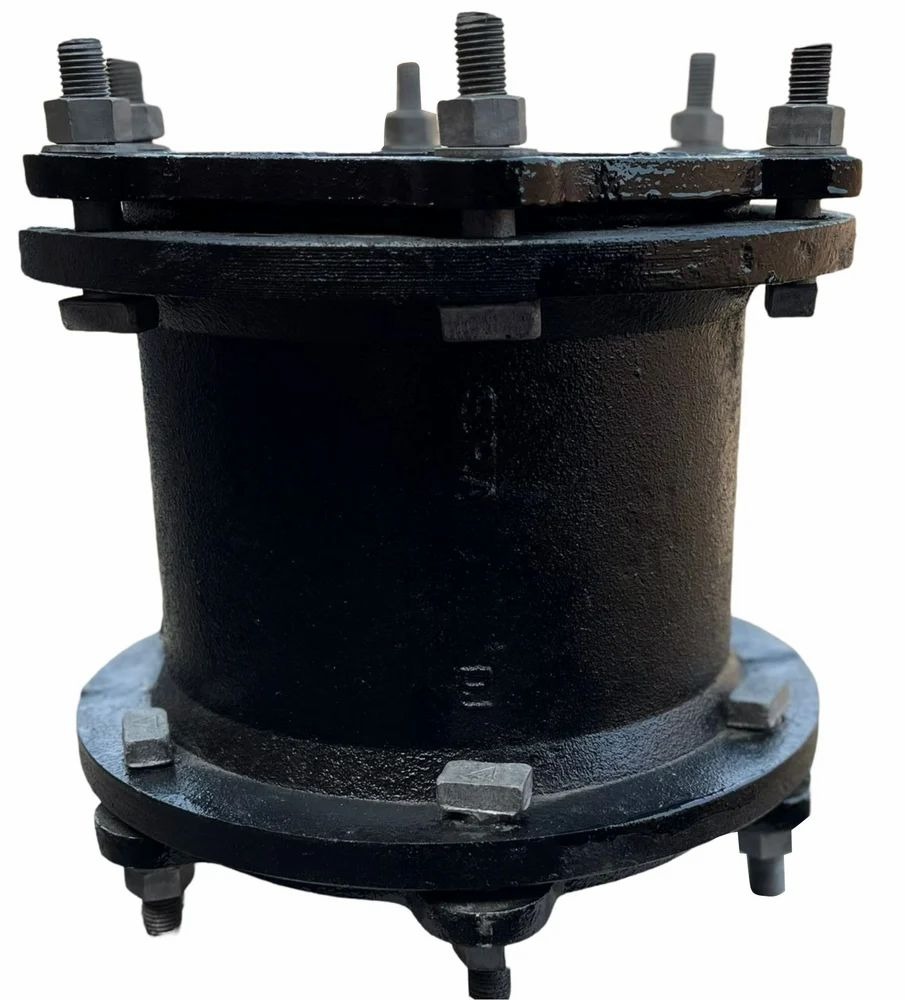
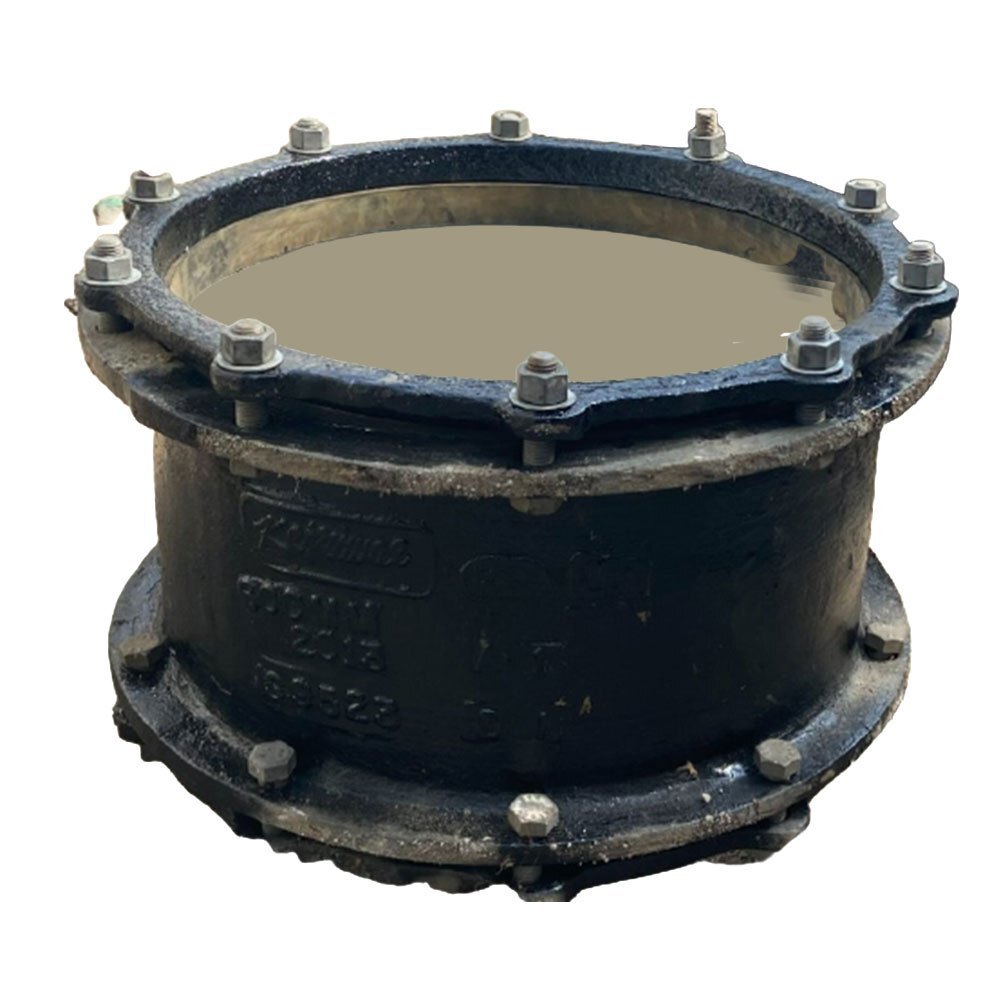
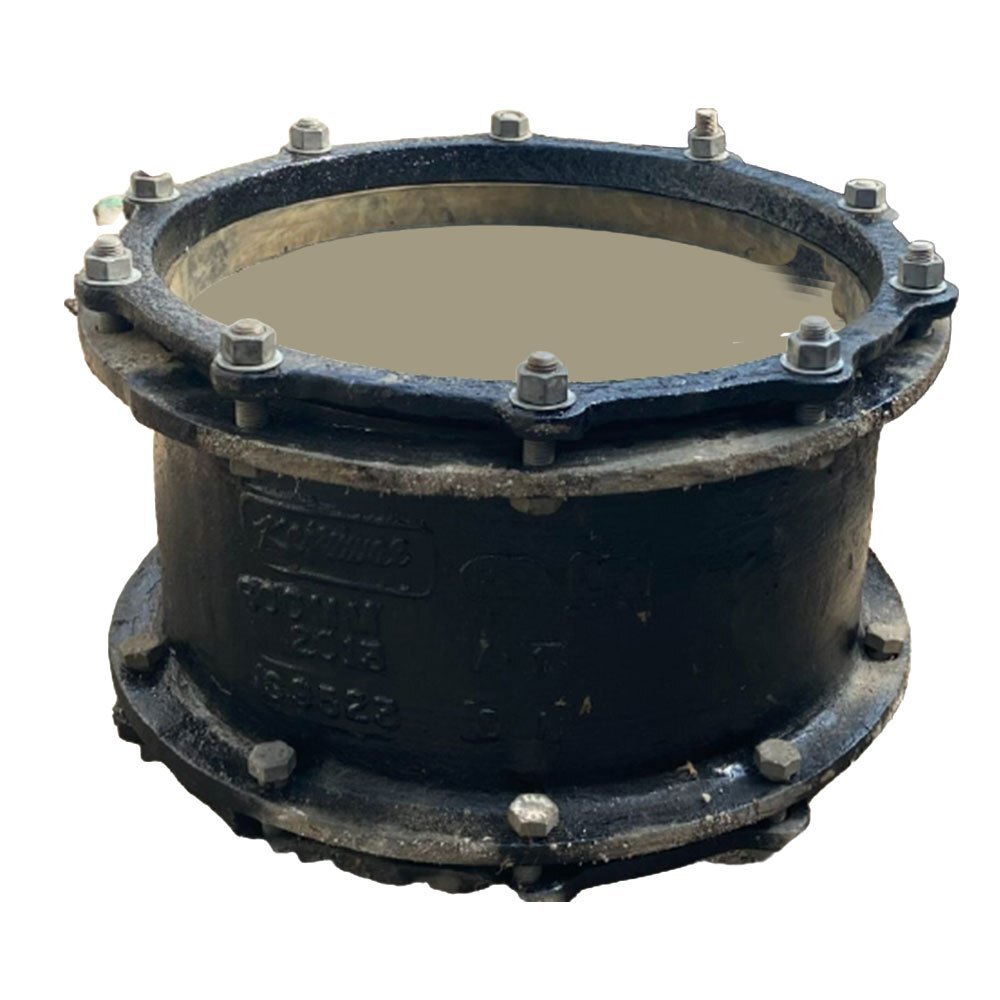
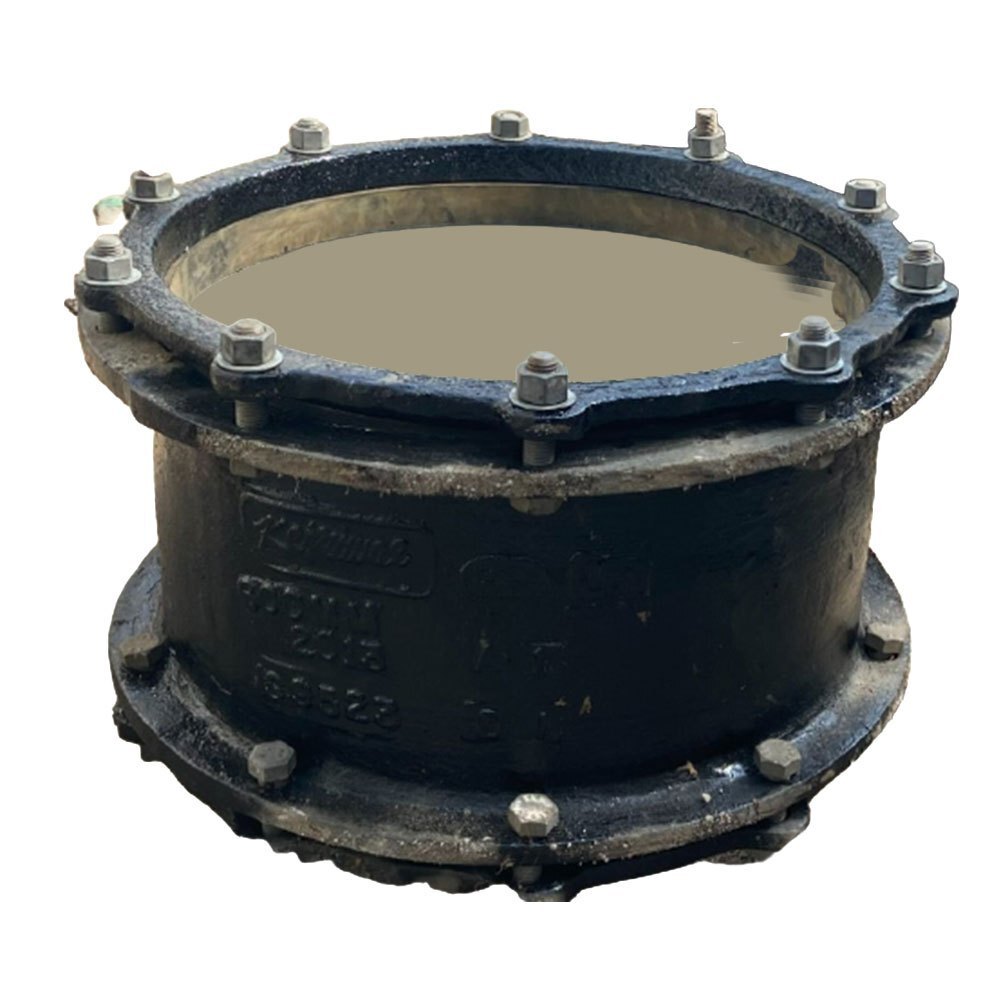
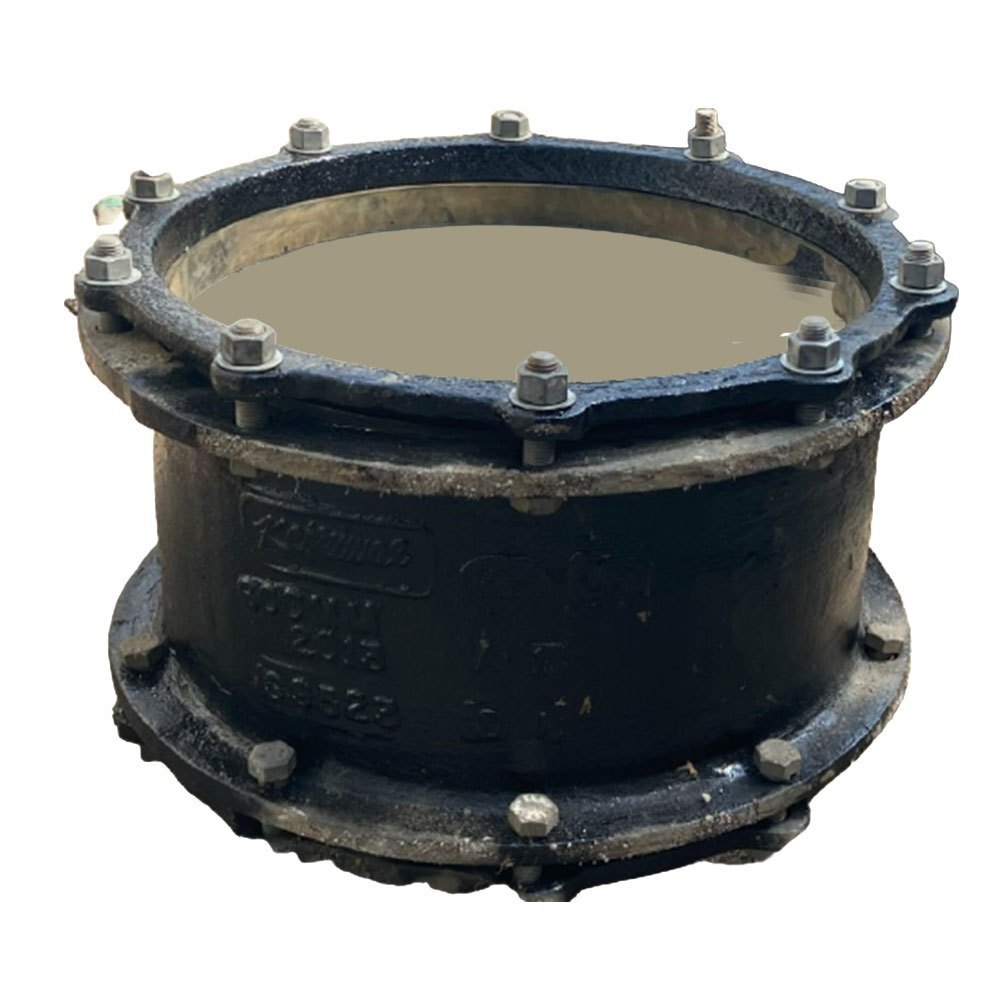
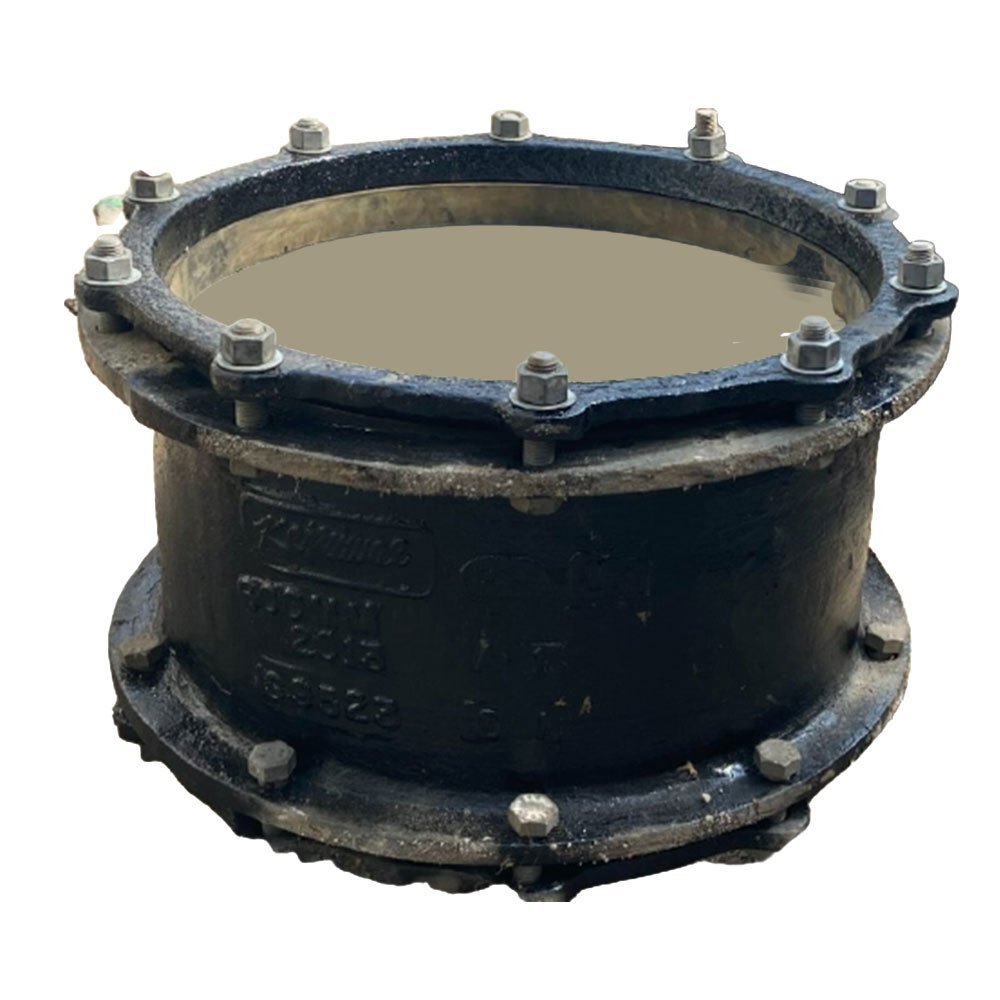
Tell us about your requirement

Price:
Quantity
Select Unit
- 50
- 100
- 200
- 250
- 500
- 1000+
Additional detail
Mobile number
Email
More Products in Ductile Iron Pipes Category
Cast Iron Sluice Valve
Price 1800.0 INR / Piece
Minimum Order Quantity : 5 Pieces
Shape : Round
Material : Cast Iron
Color : BLACK
Surface Finish : Zinc coated
Cast Iron Double Flanged Pipe
Price 1200.0 INR / Piece
Minimum Order Quantity : 5 Pieces
Shape : ROUND
Surface Finish : Zinc coated
Dismantling Joint
Price 900.0 INR / Piece
Minimum Order Quantity : 5 Pieces
Shape : Round
Material : Ductile Iron
Color : blue
DUCTILE IRON DOUBLE FLANGE PIPE
Price 1300.0 INR / Meter
Minimum Order Quantity : 500
Shape : Round
Material : Cast Iron
Color : Black
PGRP WORLDWIDE PRIVATE LIMITED
GST : 07AAKCP7109A1ZN
GST : 07AAKCP7109A1ZN
Registered Office : 8 Floor, 810-811, Towar-A Plot No-4B, Mayur Vihar Road, Mayur Vihar Phase 1, Nextra Building, Delhi - 110091, India
Phone :08045814160
Mumbai Branch Office : Office No. 709, Floor No. 7th, Building Name : PRABHAT CENTER ANNEX CBD, Belapur, District Navi Mumbai 400614
Factory 1 : Khata No. 199, Plot No. 1202, P.S. Dhalbhumgarh, Thana 420 Choira, East Sighbhum, Jharkhand 832302
Factory 2 : 72/I, Jagdishpur Hut, Near Indian Post Office, Howrah, West Bengal 711115
 |
PGRP WORLDWIDE PRIVATE LIMITED
All Rights Reserved.(Terms of Use) Developed and Managed by Infocom Network Private Limited. |

 English
English Spanish
Spanish French
French German
German Italian
Italian Chinese (Simplified)
Chinese (Simplified) Japanese
Japanese Korean
Korean Arabic
Arabic Portuguese
Portuguese

 Send Inquiry
Send Inquiry
